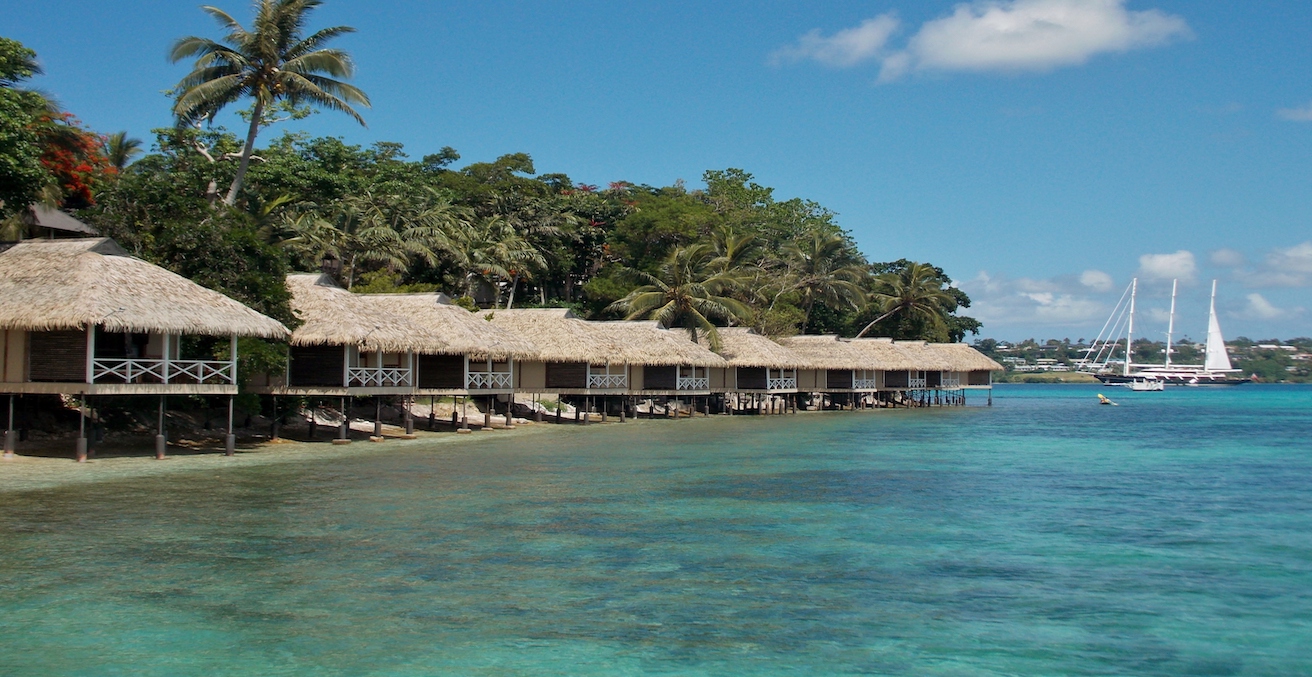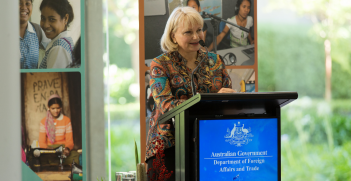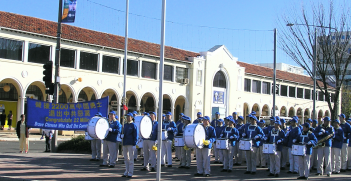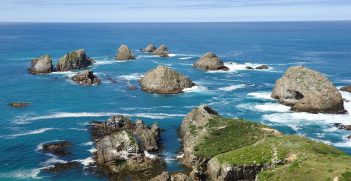One Big Pacific Family?

Despite the lip-service, to what extent is Australia genuinely concerned for the welfare and prosperity of our “Pacific Family?”
In the lead up to the 14th G20 Summit, Scott Morrison gave a major foreign policy address to Asialink reiterating the importance of Australia’s “Pacific Step-Up.”
Morrison referred to Australia’s neighbouring island nations as “family” in the local language, “Our Vavale, our Wantok, our Whanau.” The familial rhetoric reflects an important Australian foreign policy agenda: to attain a “secure, open and prosperous Indo-Pacific.” But to what extent is Australia genuinely concerned for the welfare and prosperity of our “Pacific Family?”
Australia’s association with the Pacific Island Countries (PICs) is highlighted by our aid program. Morrison was even recorded boasting about the volume of Australia’s financial assistance to the PICs at the last Pacific Island Forum as a measure of his devotion to the region. The amount of Official Development Assistance (ODA) Australia has committed to the PICs is AU$336.4 million 2019-20, making it the PIC’s largest donor. This sum is administered through Australia’s “New Aid Paradigm,” which utilises ODA as a conduit for private sector investment into developing countries. The effectiveness of the “assistance” needs to be critically evaluated.
The Business Partnerships Platform (BPP) is the flagship initiative of Australian Aid. The BPP matches funding by private sector business projects in recipient countries nominated by the Development Assistant Committee (DAC). Under the BPP, Australia has partnered with the likes of Westpac, Digicel, Cotton On Group and Base Titanium. This is an indirect form of support that places much of the onus for development on corporations that reside outside of PICs. The “new” development approach illustrates how Australia’s interest in the PICs is less a genuine attempt to develop the region for the prosperity of the peoples than it is procuring the landscape for a neo-mercantilist economy. It is evident that Australia’s aid interventions are advantaging external corporate interests at the expense of the PIC communities.
The shortcomings of the New Aid Paradigm are best showcased in the Pacific Horticultural and Agricultural Market Access program (PHAMA Plus). This initiative is a continuation of one of the largest programs operating across the PICs under Australia’s administration. PHAMA Plus conducts various “market interventions” that boost natural resource extraction for the export-market. PHAMA Plus will fund logistical infrastructure for high-value agricultural commodities such as tea, coffee, cocoa, copra and kava. Subsistence foods that will directly benefit the PIC communities are not priorities and farmers that do not fit into the large-scale export business are of lesser importance. Performance targets that aim to increase outputs rather than addressing the genuine necessities of the majority rural smallholder farmers are central to PHAMA’s success. This approach prioritises short-term high returns over wholistic long-term development.
PHAMA Plus also fosters a dependency on Australia. Contractors and technical assistance are instrumental to the scheme’s operation. Not only does this redirect Australian ODA back to the Australian economy but also hinders the development of local capabilities and resources. The PHAMA Plus Investment Design Document explicitly states that it will not “work on capacity building” of PIC communities and that assistance will be delivered “through [business] partners rather than directly to beneficiaries.” This means that Australia is short-circuiting the development process in a way that will impede on the PIC’s domestic strength, resilience and long-term prosperity.
Finally, the New Aid Paradigm enables the PHAMA scheme to partner up with other firms that negatively affect the social structures and natural environments of the PICs. For instance, PHAMA Plus has linked locally made products with the Carnival Corporation and plc. DFAT has taken this partnership one step further. Together, they have collaborated to create employment and develop infrastructure in the “stop-off” islands — Papua New Guinea, the Solomon Islands and Vanuatu. Once more, the benefits are skewed. Revenues from food, accommodation and activities will be absorbed by the cruise company. This is especially worrying considering tourism is a key source of income for PIC economies. The proliferation of “sewerage, greywater, hazardous wastes oily bilge water” and other waste streams generated by cruise ships will also have adverse effects on the local environment. This example reveals how Australian intervention has disregarded a quintessential aspect of the Pacific Island identity: The Pacific Ocean.
It is time we stop using the “family” rhetoric as a guise for expropriating local PIC producers for corporate interests. In order to truly “promote prosperity, reduce poverty and enhance stability” in the Pacific, Australia ought to critically evaluate the stated aims and potential impacts of firms on the long-term development of PICs before funding them and labelling the transaction as assistance.
Jasmine Brinsmead is a current intern at the NSW Division of the Australian Institute of International Affairs.
This article is published under a Creative Commons Licence and may be republished with attribution.





